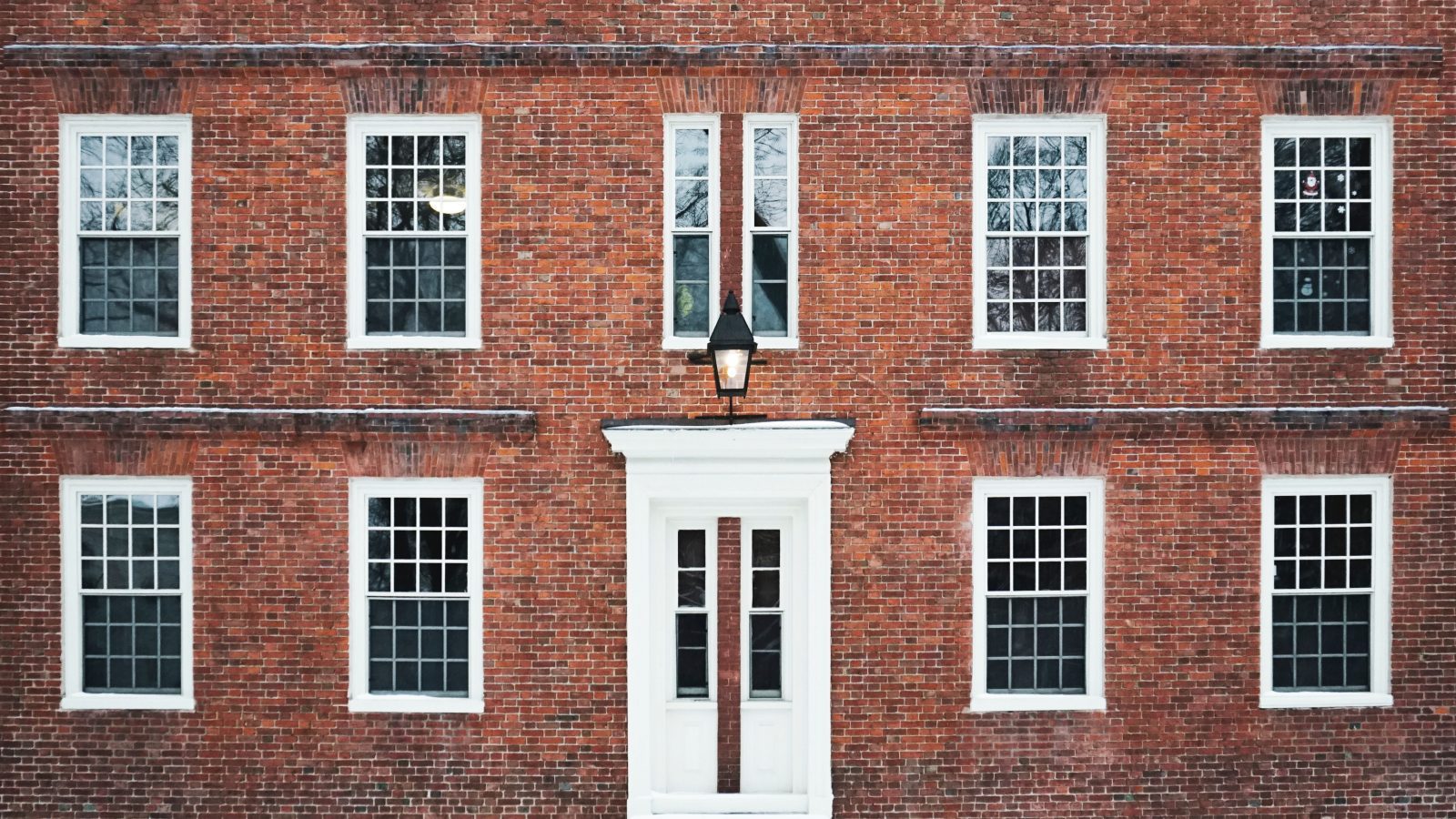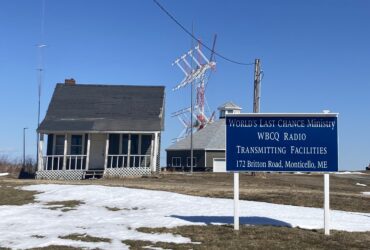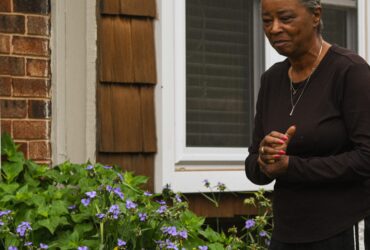In 1838, the Society of Jesus in Maryland, an international Jesuit community, sold 272 slaves to plantations in Louisiana. That sale saved Georgetown University, a Jesuit school, from financial ruin. With funding from FIJ, reporters from The Hoya—the student paper at Georgetown—examined the university’s legacy of slavery and its relationship to descendants of the enslaved. Their investigation found that the university had unearthed human remains in 2014 while constructing the newest dormitory building on campus. Those remains were near what was once a segregated graveyard—the final resting place of several Georgetown slaves. The discovery was not publicized and the space remains unmarked.
Additionally, the student team traveled to Maringouin, Louisiana, where the majority of the population are descendants of the 272 slaves sold to save the university in 1838. Maringouin has not had a high school since 2009, and students must make a 58-mile daily commute to attend school. Locals told the student journalists that they believe the decision to shut the school was motivated in part by race, and they are calling for Georgetown and the Society of Jesus to support primary and secondary education in the town.
Poynter has written the story behind the story of The Hoya report.
And, finally, the Georgetown students produced an online edition that recaps their investigation.
[Funding for this project was provided by The Nicholas B. Ottaway Foundation and the Jonathan Logan Family Foundation.]




